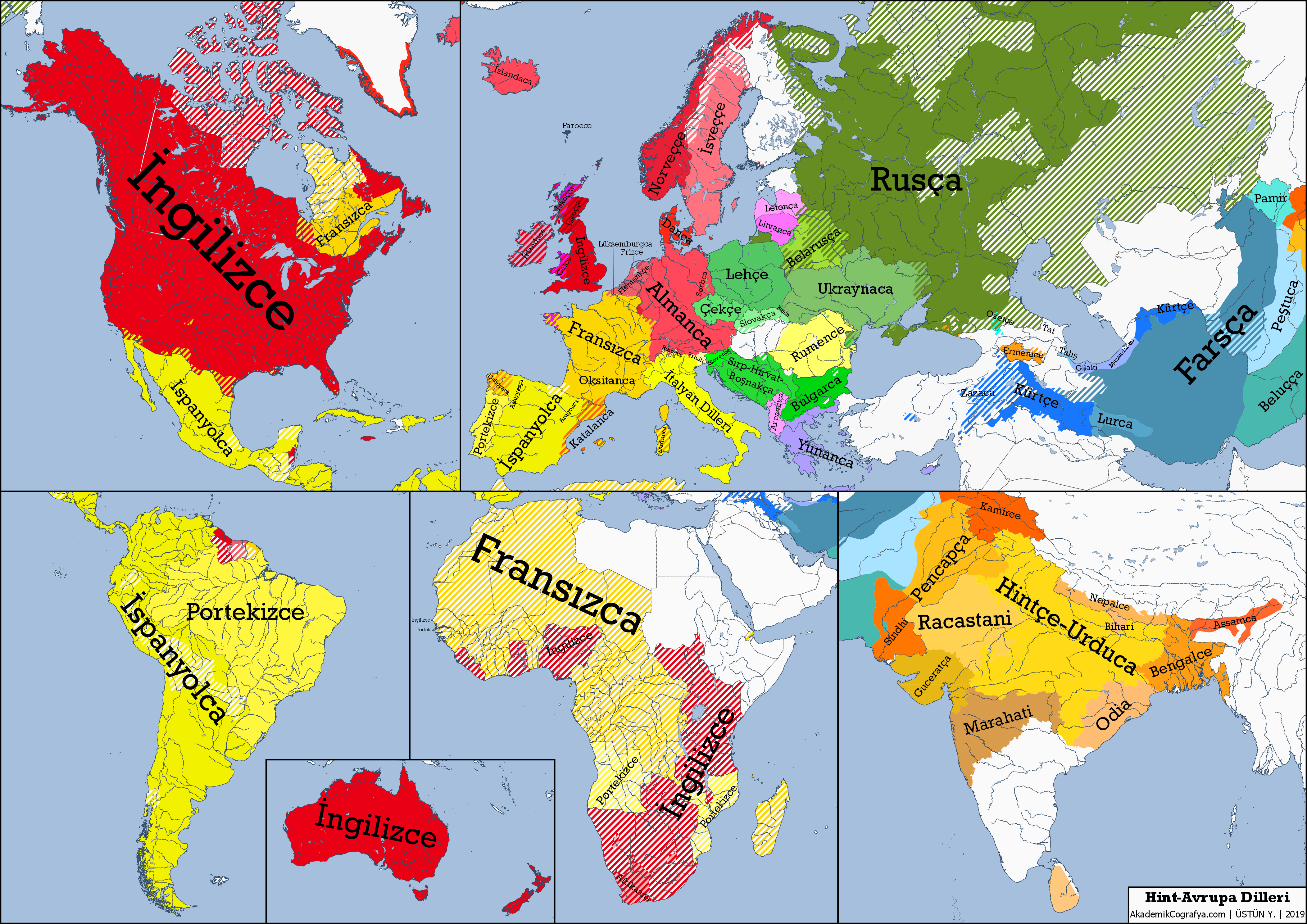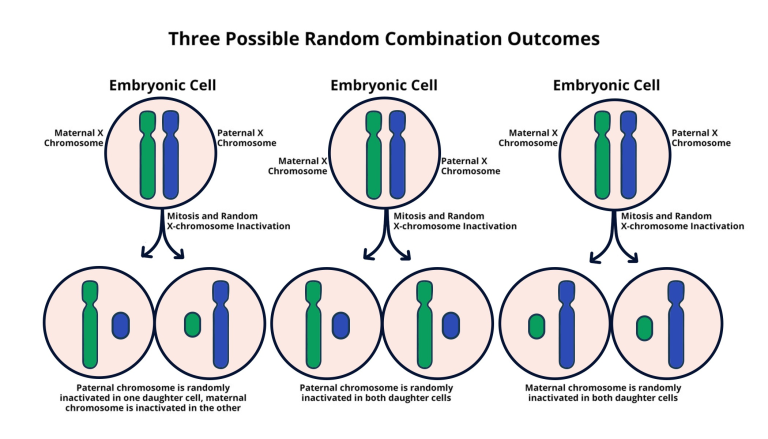The Indo-European languages, a diverse family encompassing over 400 languages spoken by 40% of the global population, have intrigued linguists and researchers for centuries. Recent breakthroughs trace their origins to the Caucasus Lower Volga people, located in present-day Russia around 6,500 years ago. Landmark studies published in Nature have provided compelling evidence linking these early speakers to the Yamnaya culture, known for their nomadic lifestyle and significant influence in ancient Europe. Ancient DNA studies have unearthed critical genetic connections and patterns, shedding light on the complex linguistic history that defined this vast language family. This research not only enriches our understanding of language evolution but also highlights the interconnectedness of human culture across millennia.
The family of languages that originated from early speakers in Eurasia, known as Indo-European languages, covers a broad spectrum, including many modern languages across Europe and parts of Asia. These ancient tongues trace their roots back to the ancestral groups from the Caucasus region and the steppes of Eastern Europe, with a notable focus on the Yamnaya people who played a pivotal role in their spread. By examining ancient DNA and archaeological evidence, researchers have pieced together the intricate story of these early populations, their migrations, and the linguistic transformations that led to the diverse languages we recognize today. This study not only sheds light on the origins of these languages but also illustrates the cultural and genetic exchanges that have shaped human history and communication.
The Origins of Indo-European Languages
The Indo-European languages, a vast family comprising over 400 languages spoken by approximately 40% of the global population, have their origins traced back to a remarkable discovery in the Caucasus region. Extensive research, particularly ancient DNA studies, have uncovered that the Caucasus Lower Volga people, living around 6,500 years ago, were key to the development of these languages. This linguistic family offers insights into shared cultural and historical roots across Europe, Asia, and beyond, highlighting the profound impact of early migration patterns on language evolution.
Scholars have long been intrigued by the linguistic connections between languages such as Latin, Greek, and Sanskrit, leading to extensive research into the origins of the Indo-European languages. The steppe hypothesis posits that proto-Indo-European speakers roamed the vast Eurasian steppes, intermingling and evolving through cultural exchanges with neighboring tribes. This perspective on linguistic history suggests that the cultural traditions associated with these languages have significantly shaped social structures and interactions throughout human history.
The Role of the Yamnaya Culture
Central to the narrative of Indo-European language origins is the Yamnaya culture, known for its nomadic lifestyle and innovative practices like herding and wheeled transport. Their contributions to early pastoralism allowed for more extensive trade and communication networks across vast geographical areas, potentially facilitating the spread of their proto-Indo-European language. Anthropologist David Anthony’s research elucidates how the Yamnaya culture laid the groundwork for the dissemination of this language family, positioning them as pivotal players in the broader context of ancient human history.
The Yamnaya culture’s migration patterns brought them into contact with various populations, leading to significant demographic changes. Genetic studies suggest that the Yamnaya influenced the gene pool of several modern European populations, notably resulting in substantial shifts in ancestry. This cultural diffusion, driven by their innovative technologies and mobility, reflects the dynamic interplay between environment, language, and community structures, underscoring the power of cultural legacies that withstand the test of time.
Implications of Ancient DNA Studies
Ancient DNA studies have transformed our understanding of the origins of Indo-European languages by providing compelling genetic evidence that supports linguistic theories. The recent landmark studies reveal that the mixing of various populations, particularly involving the Yamnaya and the Caucasus Lower Volga people, played a crucial role in the formation of linguistic and cultural landscapes. These findings not only shed light on the ancestry of modern Europeans but also illustrate how genetics and linguistics can interconnect to offer a comprehensive view of prehistoric societies.
Moreover, ancient DNA research highlights the complexity of human migration and interaction. It challenges previous notions by demonstrating that language and culture are often the results of intricate social networks rather than the inheritance of a singular lineage. By employing cutting-edge genetic techniques, researchers can now trace the migration routes and demographic changes that shaped the current linguistic map, revealing the dynamic history of the Indo-European languages through clear genetic markers.
Cultural Practices of the Yamnaya Society
The Yamnaya culture not only influenced language through migration but also maintained distinct cultural practices that have left lasting legacies. Notably, their burial traditions, which included the construction of kurgans, reflect the values and beliefs of this ancient society. Such practices not only signify their respect for the dead but also serve as rich archaeological records that aid in understanding their historical context. These burial mounds have intrigued archaeologists, providing insights into the societies that preceded modern civilizations.
Furthermore, the persistence of these kurgan burial practices continues to mesmerize researchers, linking the Yamnaya directly to their Caucasus Lower Volga ancestors. This cultural continuity emphasizes the importance of tradition in shaping identities and believes within regions, reinforcing the notion that the cultural traditions surrounding language can have profound influences on social cohesion and community identity. Through such perspectives, the rich tapestry of human history becomes increasingly evident.
Significance of Linguistic History
The study of linguistic history offers invaluable insights into the development and evolution of human communication. By tracing the Indo-European language family’s lineage back to sources like the Caucasus Lower Volga people, researchers can better understand how languages can both unify and divide societies. This linguistic journey reveals the interconnected nature of human civilizations and the shared narratives that have developed through thousands of years of cultural interchange.
This investigation into the roots of language also emphasizes the role that historical contexts, such as migration and cultural exchange, play in shaping language use. The findings highlight how languages evolve and adapt in response to changing environments and social dynamics. Furthermore, this exploration underscores the significance of understanding linguistic histories as a part of broader anthropological studies, allowing us to appreciate the complexities of human interactions and the rich heritage of our collective past.
Connections Between Genetics and Language
The intersection of genetics and linguistics forms a fascinating realm of research, particularly in understanding the spread of Indo-European languages. Genetic evidence from the Yamnaya and their connections to other groups provides a clearer picture of how languages migrated alongside populations. As researchers delve into ancient DNA, they find threads that weave together the linguistic and genetic narratives of human history, illustrating how these studies corroborate existing linguistic theories.
Understanding these connections not only enriches our knowledge of language origins but also prompts deeper questions about identity and heritage. As populations moved and intermingled, their languages inevitably transformed, reflecting their unique experiences. This genetic perspective on language evolution also invites discussion about the future of these languages, raising questions about how current societal trends may influence language use and identity in the coming generations.
How Migration Shaped Indigenous Languages
Migration has historically played a pivotal role in shaping indigenous languages, as seen in the evolution of the Indo-European family. The movement of the Yamnaya culture and their interactions with various populations led to significant linguistic changes. This phenomenon illustrates how migratory patterns can introduce new dialects, vocabulary, and even grammatical structures, expanding the linguistic diversity of a region.
As the Yamnaya migrated across Europe and into parts of Asia, they interacted with local communities, leading to the blending of languages. This syncretism underscores the fluidity and dynamism of language, as seen in the emergence of new forms and dialects. It also highlights the importance of historical and genetic contexts in understanding contemporary linguistic diversity, providing a clearer view of how human behaviors and language are intricately linked.
Cross-Disciplinary Research on Linguistics
The successful collaboration among linguists, archaeologists, and geneticists has revolutionized the study of language origins, especially concerning the Indo-European languages. By integrating diverse methodologies, researchers can construct a more nuanced understanding of how languages developed over time. This interdisciplinary approach not only enhances the depth of the findings but also fosters greater collaboration among different scientific fields, paving the way for future discoveries.
This fusion of disciplines offers a robust framework for exploring complex questions regarding human history. By synthesizing archaeological context with genetic data and linguistic analysis, we gain broader insights into how and why languages change, survive, or disappear. Such collaborative research exemplifies the necessity of interdisciplinary studies to address the multifaceted nature of human culture and linguistic evolution.
Challenges in Linguistic Research
Despite the advancements in understanding the origins of Indo-European languages, researchers face numerous challenges, including socio-political factors that complicate collaboration. The ongoing conflict in Ukraine, for example, has hindered data sharing among scholars, affecting the progression of research. Such disruptions not only impede the availability of essential data but also create barriers to forming a cohesive narrative of linguistic history.
Additionally, the complexities of ancient DNA analysis pose methodological challenges. While modern techniques provide unprecedented insights, interpreting genetic data in conjunction with linguistic evidence requires careful consideration of contextual factors. This ongoing evolution of techniques necessitates continuous adaptation among researchers to ensure accurate reconstructions of historical narratives related to language evolution.
Frequently Asked Questions
What is the origin of Indo-European languages, and who are the Caucasus Lower Volga people?
The origin of Indo-European languages has been traced back to the Caucasus Lower Volga people, who lived in present-day Russia around 6,500 years ago. They are considered the speakers of the ancestral language from which the Indo-European family, encompassing over 400 languages, evolved. This linguistic development occurred during the Eneolithic period when they began mixing with other groups in the region.
How did ancient DNA studies contribute to our understanding of the Yamnaya culture and Indo-European languages?
Ancient DNA studies have played a crucial role in understanding the Yamnaya culture as key contributors to the spread of Indo-European languages. Genetic findings have confirmed that the Yamnaya, who were nomadic pastoralists from the Eurasian steppes, migrated and mixed with various populations, thereby carrying proto-Indo-European languages across Europe and into South Asia, as evidenced by their scalable genetic markers.
What is the significance of the Yamnaya culture in the context of linguistic history?
The Yamnaya culture is significant in the context of linguistic history because it is linked to the dissemination of proto-Indo-European languages across vast regions, including Europe and the Indian subcontinent. Their innovative practices, such as horseback riding and wagon usage, allowed for greater mobility, which helped in the expansion of their language and cultural influence over approximately 6,000 kilometers.
What findings link the Yamnaya people to other ancient Indo-European speakers?
Recent research has uncovered connections between the Yamnaya people and other ancient Indo-European speakers, particularly those in Anatolia. The genetic evidence suggests that the Yamnaya lineage not only contributed to the spread of Indo-European languages but also shares ancestry with the Indo-Anatolian speakers, connecting these diverse linguistic branches into a unified narrative of early human migration and cultural exchange.
How have modern scientific methods aided in tracing the linguistic history of Indo-European languages?
Modern scientific methods, particularly ancient DNA analysis and genetic reconstructions, have greatly aided in tracing the linguistic history of Indo-European languages. By analyzing genetic data from archaeological sites and examining ancient population dynamics, researchers have been able to establish a clearer picture of how languages evolved, spread, and interacted over time, leading to a comprehensive understanding of their origins and development.
Why is the Yamnaya culture considered a key element in the spread of Indo-European languages?
The Yamnaya culture is considered a key element in the spread of Indo-European languages due to their role as a dominant population during the Bronze Age. Their advance from the steppes of Eurasia, equipped with technologies such as horse-drawn wagons, facilitated their movement and interaction with other cultures, leading to the diffusion of their language and culture across Europe and into regions as far as India.
What impact did the Caucasus Lower Volga people have on modern European languages?
The Caucasus Lower Volga people had a profound impact on modern European languages as they are recognized as the ancestral speakers from which the Indo-European languages derive. Their migration and resultant interactions with various demographic groups led to a significant linguistic heritage that continues to shape the languages currently spoken by over 40% of the global population.
How have discoveries related to Indo-European languages changed the perception of ancient migrations?
Discoveries related to Indo-European languages, particularly through genetic studies, have reshaped the perception of ancient migrations by highlighting the complexity and extent of human movement. These insights show that cultural and linguistic exchanges were not isolated events but rather interconnected migrations that played a significant role in forming the genetic and linguistic landscape of modern populations.
| Key Point | Details |
|---|---|
| Originators of Indo-European Languages | Located in present-day Russia, around 6,500 years ago, identified as the Caucasus Lower Volga people. |
| Significance of Research | Provides genetic evidence linking modern Indo-European languages to ancient populations and resolves longstanding linguistic puzzles. |
| Cultural Developments | The Yamnaya people were among the first to adopt horseback riding and oxen-pulled wagons, spreading their language and economy across vast regions. |
| Key Genetic Findings | Research indicates that the Yamnaya ancestry and migration patterns contributed significantly to the modern genetic landscape of Europe and beyond. |
| Challenges in Research | Ongoing conflicts, particularly the Russia-Ukraine war, pose challenges for collaborative research efforts related to ancient DNA studies. |
Summary
Indo-European languages are rooted in the cultural and genetic histories that date back over 6,500 years to the Caucasus Lower Volga people. Recent studies highlight how these languages spread across regions, influenced by nomadic cultures and innovations like horseback riding and wheeled transport. This research not only uncovers the origins of a significant linguistic family but also underscores the importance of genetic evidence in understanding human migration and cultural exchanges over millennia.





